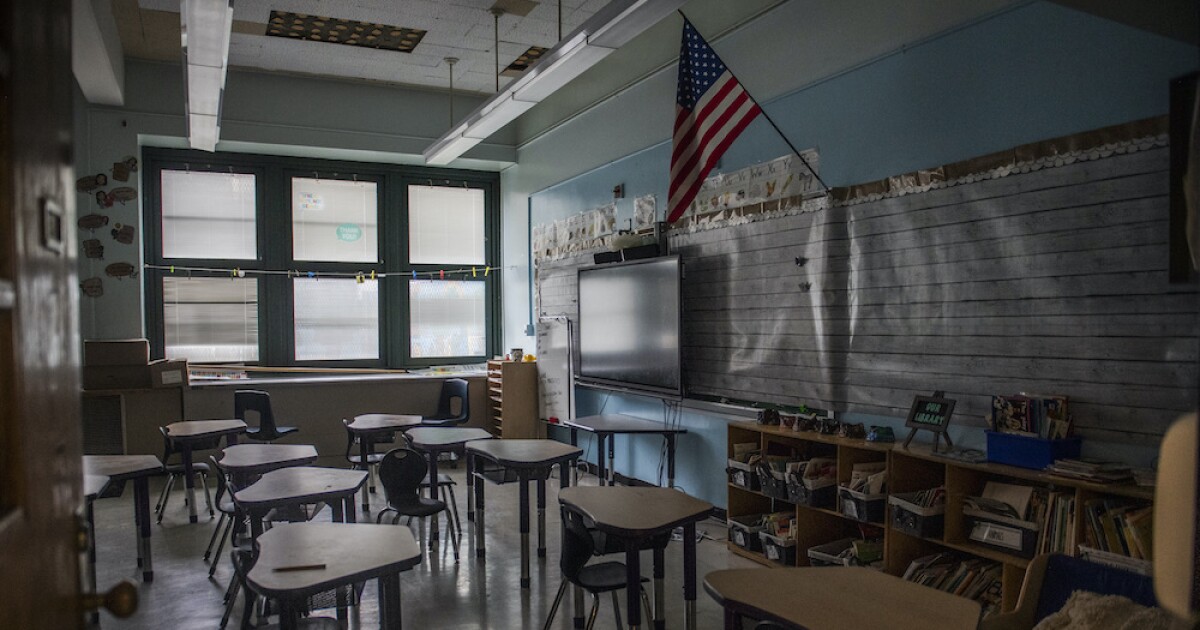Florida Sees Marginally Lower Teacher Vacancies Amidst Union’s Concerns Over Deepening Teacher Shortage

Florida Faces Teacher Shortage Crisis: Education Commissioner Claims Progress, but Teachers Union Disputes Numbers
In a recent news release by the Florida Department of Education (FDOE), Education Commissioner Manny Diaz celebrated what he called a nearly 10% decrease in teacher vacancies compared to last year. However, the numbers provided by the FDOE paint a troubling picture for students across the state.
According to the FDOE, Florida had 4,776 open teaching positions when schools reopened this year, marking an 8% decrease from the previous school year. Diaz attributed this drop to the introduction of several new statewide initiatives implemented under Governor Ron DeSantis, emphasizing the dedication of the governor, the Florida Legislature, and the Department of Education in recruiting high-quality teachers for classrooms. He stated, “It is clear from the nearly 10% decline in teacher vacancies reported today that their hard work has paid off.”
Nevertheless, the Florida Education Association (FEA), the state’s largest teacher’s union, refutes the FDOE’s figures. Last week, the FEA revealed that nearly 7,000 teaching positions remained vacant at the start of the school year. In response to the FDOE’s announcement, FEA spokesperson Spar expressed his concern, stating, “Now is not the time to sugarcoat or downplay the teacher and staff shortage. It’s bad, and kids are losing out.” Spar emphasized that due to low pay and a divisive political climate, the shortage of teachers and staff has worsened under the DeSantis administration.
While some districts are grappling with higher vacancies compared to the previous year, others have seen improvement. For instance, in Pasco County, the district witnessed a significant decrease, going from 365 open teaching slots at the beginning of last year to 165 this year. District spokesperson Melanie Waxler credited local efforts and initiatives in bringing about this positive change. Waxler remarked, “It’s a pretty significant drop, and we’re very proud of it. It required multiple recruitment events, lots of initiatives that we pushed out as a district, as well as anything we could do to encourage the community to get more involved in the school district.”
Notably, both the FDOE and the teachers union acknowledge that these numbers provide just a snapshot in time and can fluctuate daily. The FDOE compiled its teacher vacancy data by surveying districts on the first day of school, while the teacher’s union relied on the number of open positions advertised in each district to gather its data.
In conclusion, Florida continues to face a severe shortage of teachers, which has a detrimental impact on students’ education. While the FDOE claims progress, the FEA disputes the accuracy of the figures, highlighting the urgent need for more teachers and a comprehensive solution to address this crisis.










